It's the Eye (and Year) of the Tiger
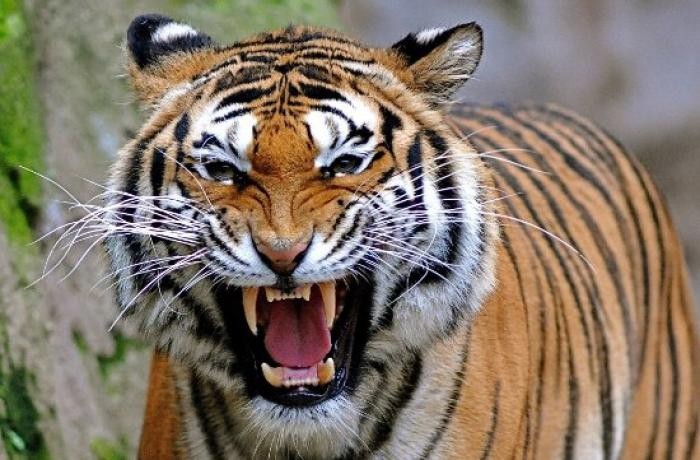 |
| Although quite rare in Vietnam, tigers play an important role in Vietnamese culture. |
With its vibrant colors and savage roar, the tiger has captured the imagination of the Vietnamese for centuries. While smaller than Bengal or Siberian tigers, Indochinese tigers are still capable apex predators that lurk throughout Southeast Asia. Because of this, Vietnamese culture often paints the tiger as a creature to be both feared and respected. Sadly, Vietnam's tigers of today are far less mighty due to being hunted to near extinction.
As the Year the Tiger approaches, the Vietnam Times examines the tiger's place in ancient Vietnamese mythology and how the animal is treated in modern reality.
Tigers in Vietnamese Folklore
According to ancient beliefs, tiger has divine origins that explains its natural strength and regality. In the beginning, the incredibly strong Pham Nhi led a rebellion against the Jade Emperor, the King of Heaven. Pham Nhi believed his superior strength made him more suitable to rule the heavenly realm. The mutinous Pham Nhi would have successfully overthrew the Jade Emperor if Buddha did not get involved. The benevolent deity captured Pham Nhi but demanded he should not be killed. Following Buddha's words, the Jade Emperor had Pham Nhi reincarnated on earth as a wild tiger, matching the strength he had in his previous life.
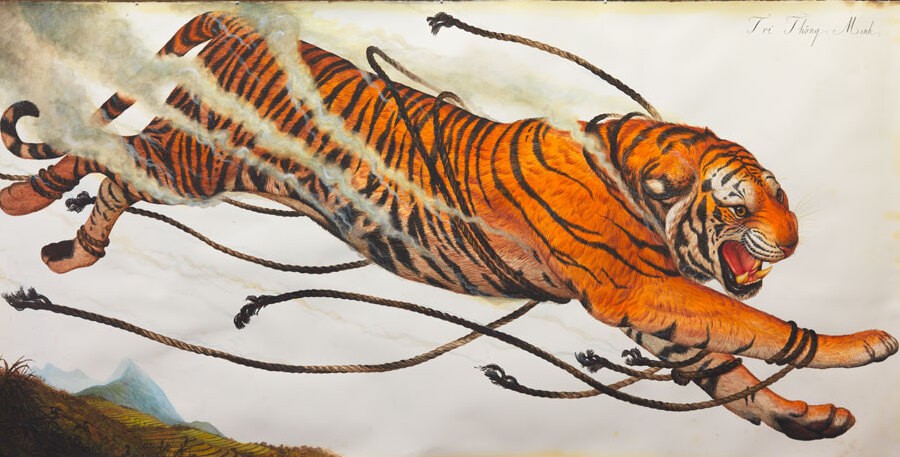 |
| A painting depicting an ancient Vietnamese story about how the tiger got its stripes. Artwork by Walton Ford. |
Another tale explains how the tiger got its magnificent stripes. One day in ancient Vietnam, a tiger encountered a buffalo, plowing in the fields. The tiger asked the horned creature why it allows itself to work with humans. The buffalo explained that while it was stronger than the humans, it was not as 'clever'- a new concept for the animals. Wanting to be clever like the humans, the tiger tracked down the buffalo's owner and asked him to give it the gift of cleverness. Seemingly complying with the tiger's demands, the farmer told the tiger to allow itself to be tied up and wait. The farmer said he would return with the gift of cleverness. Instead, the farmer returned with a torch and set the tiger ablaze. While the tiger escaped, it received long, black burn marks. From that day on, all tigers were born with the same black stripes to remind them of mankind's wicked cleverness.
Tigers have inspired many Vietnamese sayings that are still used today. For example, when referring to the intimate bonds of parent and child, an elder may say “Hùm dữ không ăn thịt con” or "Vicious tigers won't eat their own cubs." Likewise, the phrase "Hổ phụ sinh hổ tử" or "A tiger will father a tiger" comments on the similarities between a parent and their child. The tiger is also used to describe someone's extraordinary athleticism; "Mình Hổ, tay vượn'' or "Strong as a tiger and as agile as a monkey."
Tigers in the Vietnamese Zodiac
As the tiger is one of the strongest animals, people born during the Year of the Tiger may possess some many admirable qualities, namely leadership. They have an overabundance of confidence that makes them take great strides to achieve success. It is believed that those born as tigers are well suited for positions that require a lot of self-discipline such as pilots, musicians, and office managers. There are many famous people born in the Year of the Tiger, such as Ludwig van Beethoven, Karl Marx, Marylin Monroe, Tom Cruise and American President Dwight D. Eisenhower.
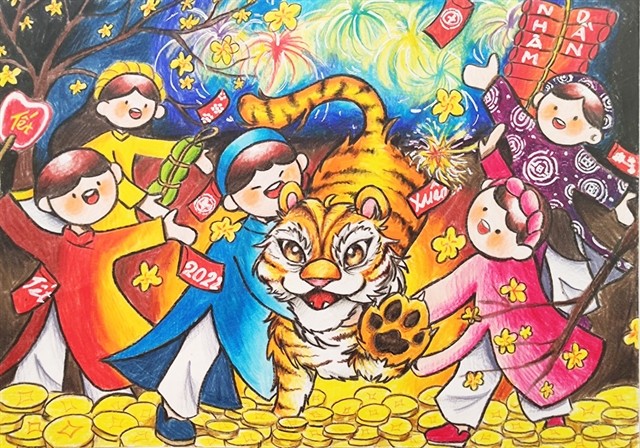 |
| Children celebrating the Year of the Tiger. Illustration by by Hoàng Xuân Mai. |
However, the “tiger-born” may have some negative traits as well. Believing themselves to be the best, tigers have a difficult time working with others. Instead, they would rather work independently. When discussing projects, tigers would rarely use diplomacy, as they favor straightforwardness over politeness. Tigers are not known to be romantic, much to the chagrin of their partners.
Tigers in Vietnamese Art
Tigers are a frequent subject for Hàng Trống paintings, a revered artwork with roots in Hanoi. While similar to Dong Ho paintings, Hàng Trống paintings would focus more on religious aspects, such as Buddhism and Taoism. By featuring tigers in their paintings, Vietnamese families believed the menacing image would ward off evil spirits and demons. Therefore, Hàng Trống paintings often make a special appearance at the family alter when celebrating the Lunar New Year.
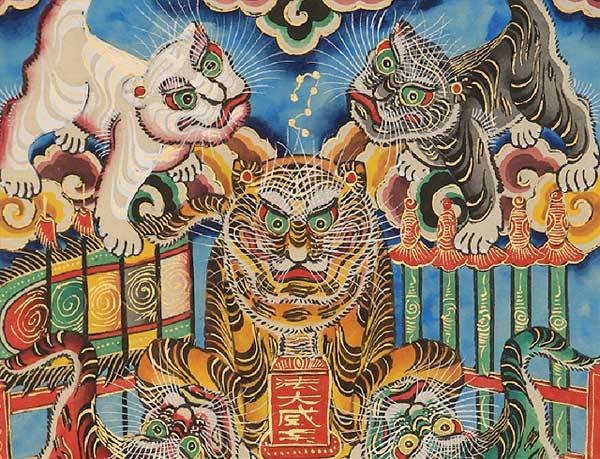 |
| A Hàng Trống painting entitled "The Five Tigers." The White Tiger (Bạch Hổ) is seen in the top left-hand corner. |
Known as the Bạch Hổ, the White Tiger is a mythical creature that often appears on pagoda walls throughout the country. According to ancient legends, the White Tiger once transformed into a human, fell in love, and sired strong and brave human children. Many families in Vietnam believe they are descendants of these holy tigers. When coming across the image of the White Tiger at a pagoda, you may see some devoted Vietnamese praying to the mythical beast.
Tigers in Modern Vietnam
While tigers are deeply respected throughout Asian mythology, there are few tigers left in the wilds of Southeast Asia. The last wild tiger to be photographed in Vietnam was in 1997. Experts believe there may be less than five tigers currently in Vietnam, making the animal functionally extinct within the nation. The Vietnamese government recently issued protections for the Indochinese Tiger in 2019, however these necessary laws may already be too late.
 |
| While there are few wild tigers in Vietnam, many remain in captivity. Photo by ENV. |
Tigers are targeted by poachers for their bones. Traditional medicine of the region uses boiled tiger bones to treat arthritis. The demand for this special medicine has created a criminal network dedicated to the illegal sale of tiger products. These networks may also set up 'tiger farms' to further the unlawful tiger trade. Last August, Vietnamese authorities uncovered an underground tiger farm that housed 17 malnourished tigers in Nghe An province. If the authorities hadn't intervened, those tigers would eventually be slaughtered for their bones, pelts, and other parts.
Many in Vietnam are taking a stand against the tiger trade. NGOs like Education for Nature Vietnam (ENV) have done many things for the ferocious felines. The organization works with law enforcement and policy makers to make sure tigers and other endangered animals are protected. ENV also produces commercials that advocate for the protection of tigers in Vietnam. One commercial features Quoc Khanh, a famous Vietnamese actor. When offered tiger bone, Quoc Khanh's character passionately refuses, saying, "Tigers are not for medicine. Tigers are kings of the forest, the majestic symbol of our nation. It is the duty of each and every citizen to protect our tigers."
 |
| Zookeepers at the Saigon Zoo look after the little tiger cub. Photo by VNExpress. |
Vietnamese citizens of all generations are still enchanted by tigers. While they are still hard to spot in the wild, residents of Ho Chi Minh City often flock to the tiger exhibit at the Saigon Zoo, which has been blessed with plenty of adorable tiger cubs. In 2015, a pair of white Bengal tigers gave birth to three cubs. A year prior, an Indochinese tiger gave birth to a litter of five cubs. This was surprising as the species usually only produces three cubs at the most. Thanks to their dedicated zookeepers, the tigers at the Saigon Zoo live full lives without fear of poachers.
As Vietnam continues to crack down on poaching and introduce new laws to protect these wonderful creatures, perhaps more tigers will return to Vietnam by the next Year of the Tiger.
 | Everything You Need to Know About Vietnam's Festive Kumquat Fruit During the days just before the Lunar New Year, it is easy to see motorbikes carrying all sorts of ornamental plants on the streets |
 | Overseas Vietnamese Students Uncertain About Tet After being unable to return home for so long due to the pandemic, this Tet holiday Vietnamese students face the choice of staying or returning ... |
 | Amazon Singapore Unveils Roaring Chinese New Year Deals in the Year of the Tiger Shoppers can enjoy bountiful savings this Chinese New Year on over thousands of sweets & snacks, spring cleaning products, reunion essentials, and more, on Amazon.sg ... |
 | Seventeen Indochinese Tigers Kept In The Basements Of Two Vietnamese Families Rescued An underground tiger farm in Nghe An Province was kept hidden by two families in Do Thanh Commune, Yen Thanh since the animals were cubs. |
Recommended
 Expats in Vietnam
Expats in Vietnam
Three Foreign Writers Spreading Vietnamese Language
 Expats in Vietnam
Expats in Vietnam
An Giang Assists Ukrainian Citizen In Safe Return Home
 Expats in Vietnam
Expats in Vietnam
“Continuum: Vietnam” - Andy Soloman’s Three-Decade Journey Through Time
 Expats in Vietnam
Expats in Vietnam
Lao Cai Found Two Lost German Tourists in Hoang Lien National Park
Popular article
 Expats in Vietnam
Expats in Vietnam
Thai Students Practice Vietnamese Language in Da Nang
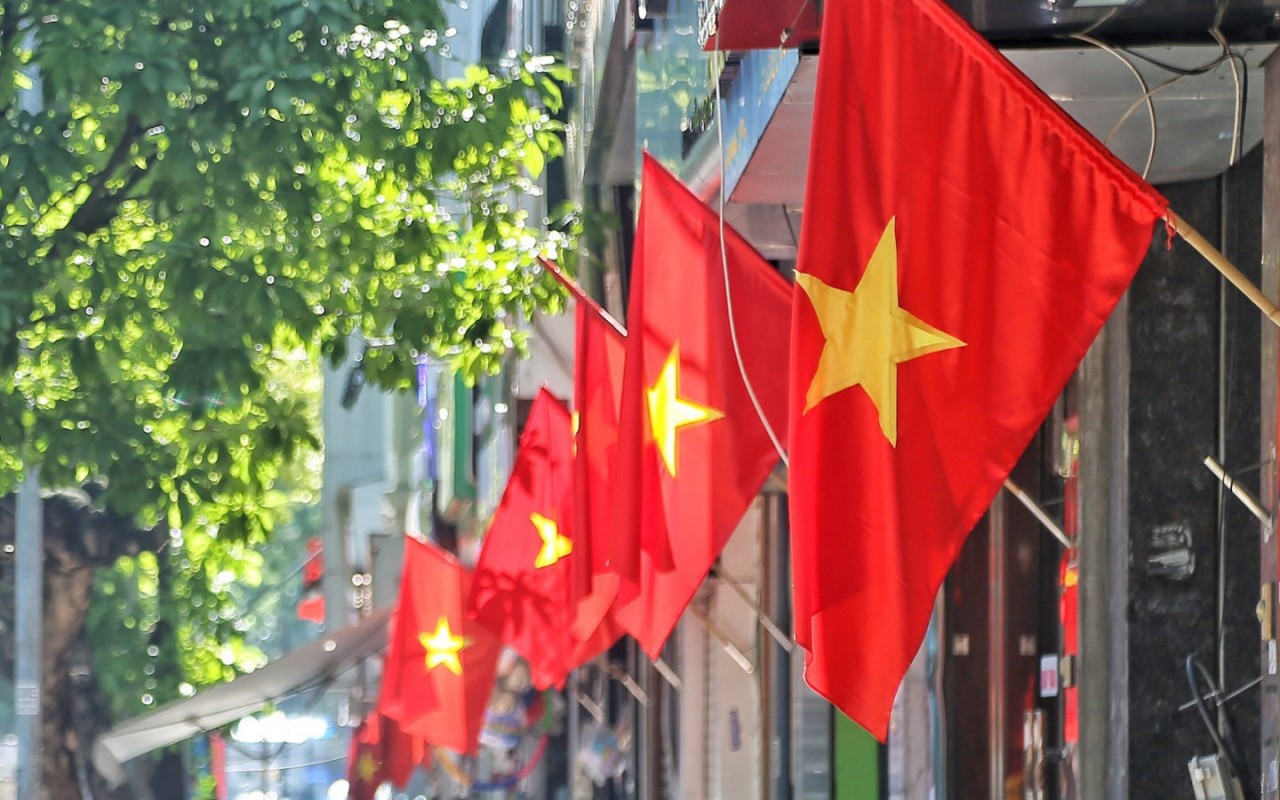 Expats in Vietnam
Expats in Vietnam
International Tourists Impressed by National Day Atmosphere in Hanoi
 Expats in Vietnam
Expats in Vietnam
Career Opportunities in Vietnamese Language and Culture in Foreign Companies: Perspective from RoK's Employer
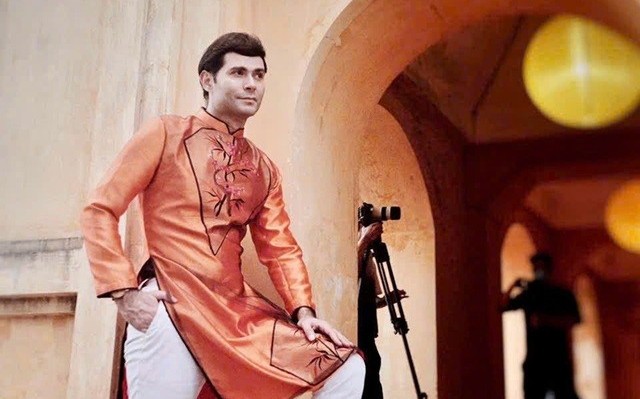 Expats in Vietnam
Expats in Vietnam



